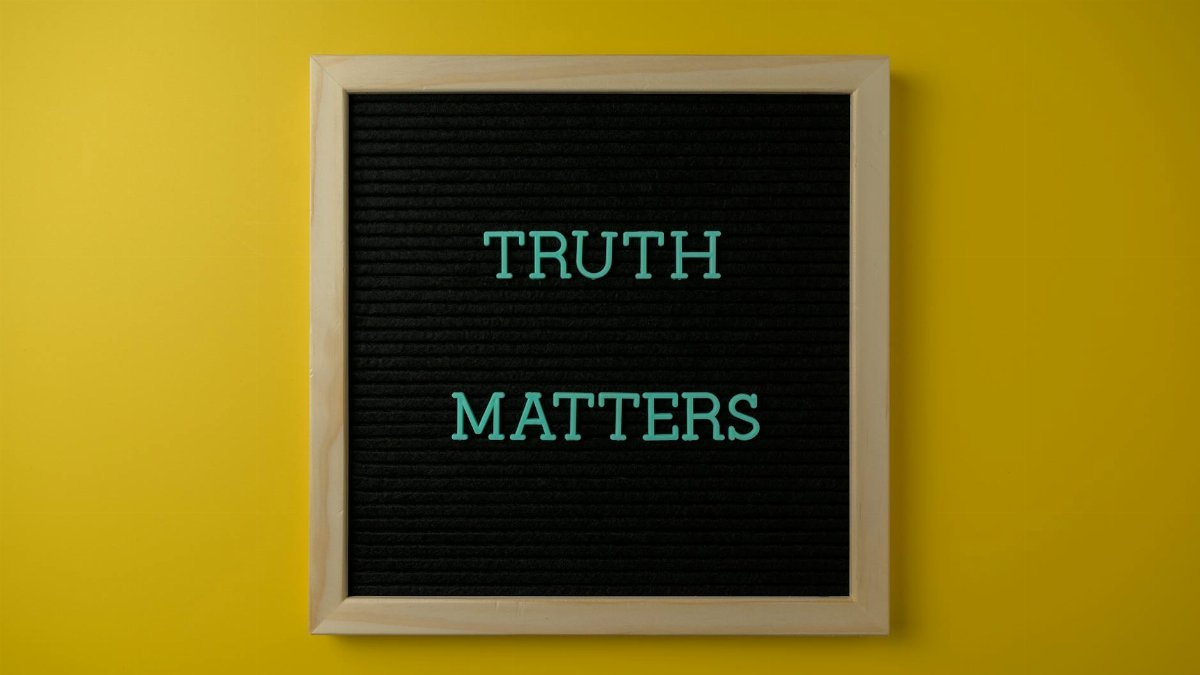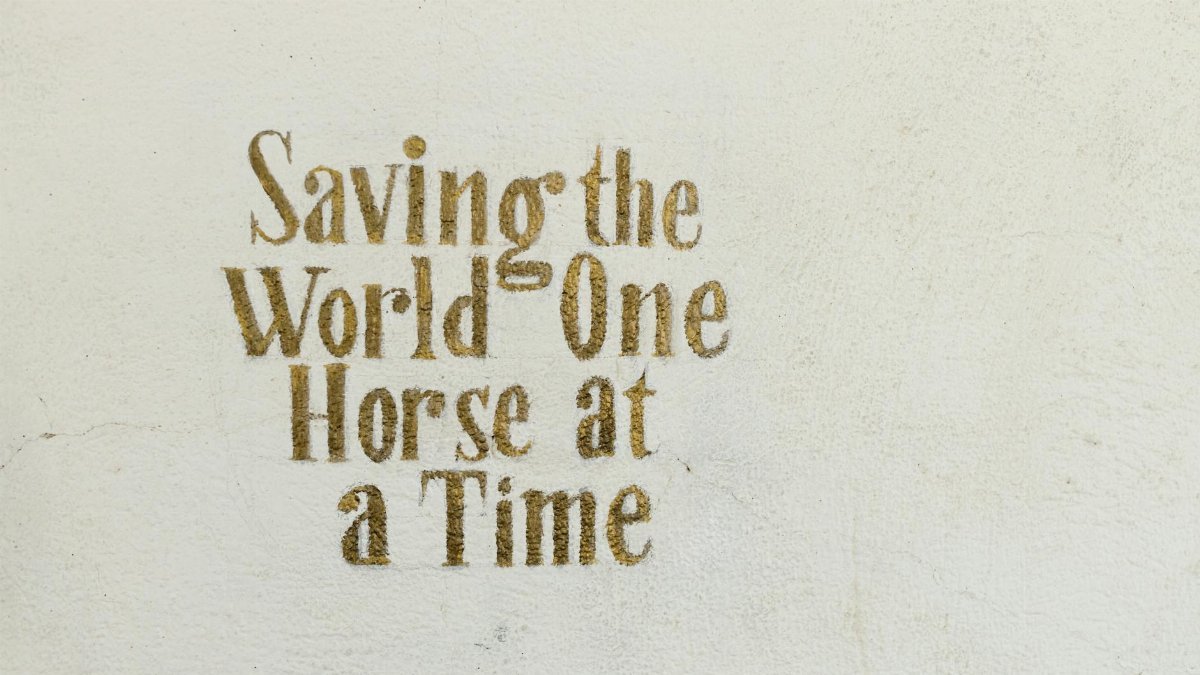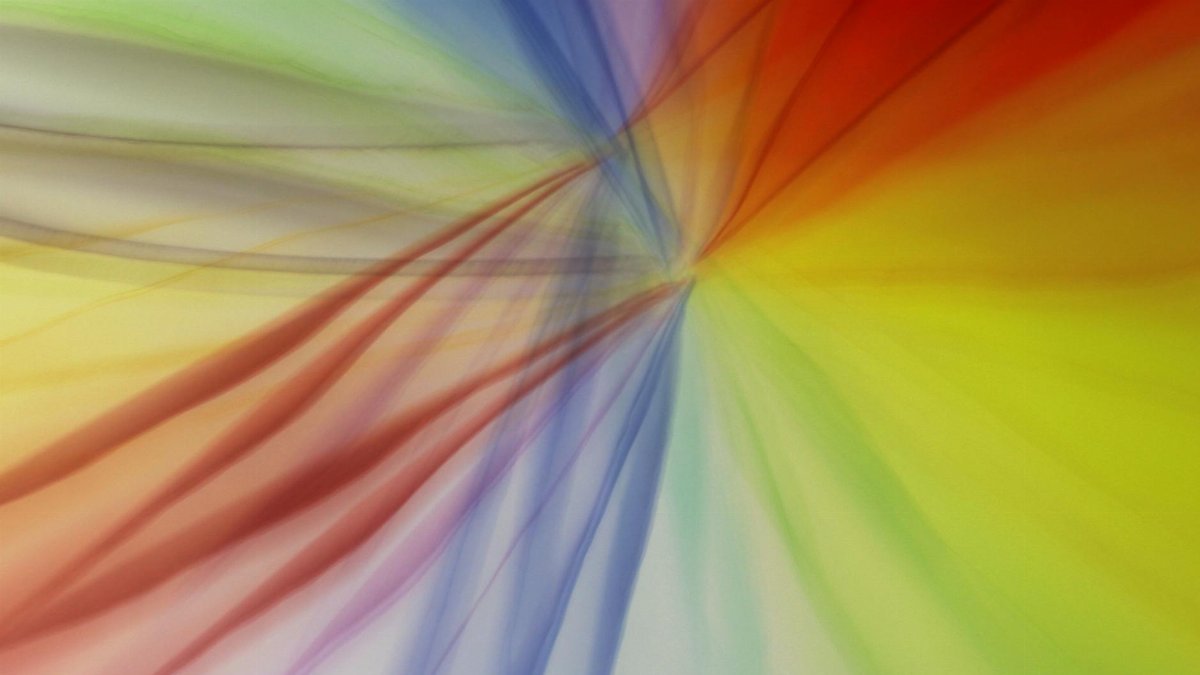Is fractal budgeting really the solution everyone claims? This innovative approach to managing money is gaining traction among Americans looking to visualize their monthly cash flow in a whole new way. By breaking down finances into self-similar patterns, fractal budgeting promises clarity and control, turning complex numbers into intuitive structures. As more people struggle with financial planning in 2025, this method is sparking interest for its unique ability to simplify the chaos of personal budgets. But does it deliver? Let’s break down the essentials.
What Is Fractal Budgeting?

At its core, fractal budgeting is a method that applies the concept of fractals—patterns that repeat at different scales—to personal finance. Imagine your monthly income as a large shape, with expenses as smaller, nested versions of that shape. This visual approach helps users see how every dollar fits into the bigger picture, making it easier to spot overspending or savings gaps. It’s less about spreadsheets and more about creating a mental map of cash flow that feels instinctive.
Why Visualization Matters

Most budgeting tools rely on raw numbers, which can overwhelm even the savviest savers. Fractal budgeting flips the script by prioritizing visuals over digits. Studies show that humans process images 60,000 times faster than text, according to research from MIT News. By turning cash flow into shapes and patterns, this method taps into our natural ability to interpret visuals, potentially reducing financial stress and improving decision-making.
How It Works in Practice

Start with your total monthly income as the “whole” fractal. Then, divide it into smaller segments—rent, groceries, entertainment—each mirroring the larger structure. Software or even hand-drawn diagrams can help map these layers. Each segment can be broken down further; for instance, “groceries” might split into essentials and snacks. The result? A clear, hierarchical view of where your money goes, making adjustments feel less like guesswork and more like rearranging a puzzle.
Who Benefits Most?

Fractal budgeting isn’t for everyone, but it shines for visual learners and those frustrated by traditional methods. Freelancers with irregular income, for example, can use it to see how fluctuating earnings impact spending patterns. Families juggling multiple expense categories also find it useful for tracking shared costs. If staring at a spreadsheet makes your eyes glaze over, this approach might be the game-changer you need in 2025.
Challenges to Watch For

Despite its appeal, fractal budgeting has hurdles. Creating accurate visuals takes time, especially without dedicated tools. Misjudging a category’s “size” can distort the entire model, leading to flawed insights. Plus, it’s not ideal for those who prefer hard data over abstract representations. Early adopters often report a learning curve before the method feels intuitive, so patience is key when starting out.
Tools and Resources to Get Started

While fractal budgeting can be done with pen and paper, digital tools make it easier. Apps like Mint or YNAB don’t explicitly support fractals but can export data for custom visualizations. For a deeper dive, academic resources on fractal theory from institutions like Stanford University’s Mathematics Department offer background on the concept’s origins, which can inspire creative applications to finance. Experiment with free graphing tools online to build your first fractal budget.
Real-World Impact

Some users swear by this method’s ability to transform their financial habits. A 2023 survey by Pew Research noted that 62% of Americans struggle with budget clarity, and while fractal budgeting wasn’t directly studied, its visual focus addresses this pain point head-on. Take Jane M., a graphic designer from Ohio, who said, “Seeing my money as shapes made me cut unnecessary subscriptions instantly.” Stories like hers suggest this method could resonate with millions seeking better control.
Is It Worth the Hype?

Fractal budgeting offers a fresh lens on cash flow, especially for those who think in pictures rather than numbers. But it’s not a magic bullet—success depends on your willingness to adapt and refine the process. As financial uncertainty looms for many in 2025, testing out innovative strategies like this could provide the edge needed to stay ahead. If traditional budgeting feels stale, why not give this visual twist a shot?

With a career spanning investment banking to private equity, Dominik brings a rare perspective on wealth. He explores how money can be a tool for personal freedom and positive impact, offering strategies for abundance that align with your values.
Disclaimer
The content on this post is for informational purposes only. It is not intended as a substitute for professional health or financial advice. Always seek the guidance of a qualified professional with any questions you may have regarding your health or finances. All information is provided by FulfilledHumans.com (a brand of EgoEase LLC) and is not guaranteed to be complete, accurate, or reliable.
